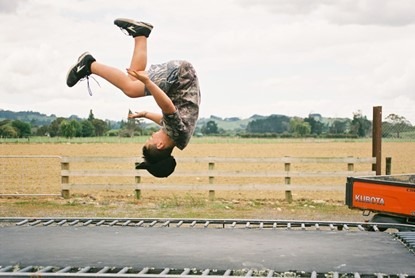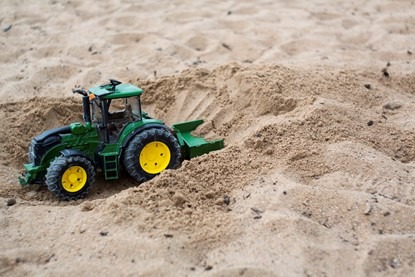There are two main types of trampolines: above the ground models and inground sunken ones. Above the ground models are easy to install and they are easy to move around the backyard or even indoors. The downside of an above the ground model is that they aren’t as sturdy as you might like. Balancing on steel rods, the steel legs might bend and break after some wear and tear.
For a model that lasts longer and is sturdier, families opt for in Ground Trampolines NI to install in their gardens. Installing one of these can be a bit tricky, especially considering that you have to dig a hole somewhere in the back yard. Here are a few tips and tricks when you want to dig a hole for your new inground sunken garden trampoline:
Considering the Size and Shape
You don’t want to end up purchasing a model that is way too big for your backyard and will take up all the space. Consider the space you have available. Make sure that your garden is still left with enough space for other activities.
Consider whether a square, round, of oval shaped trampoline will work best in the space available. Depending on the size and shape you decide on, the costs will vary.
How to Dig the Hole
You can hire a company to do the installation for you, or you can get out your shovel and do it yourself. Sure, it will take approximately one day to complete, but you’ll save a few pounds in the process. Northern Ireland families who opt for traditional trampoline models will have to hire an excavator since they will have to remove a lot of soil and build a full-height retaining wall.
This is why in-ground models have become more popular. They are specifically designed to go into the ground without removing as much soil or having to spend extra pounds on a retaining wall. Learn more about different types of trampolines here: https://www.homestratosphere.com/types-of-trampolines/.

Size of the Hole
Determine the size of the hole by considering the inner hole diameter and the hole depth. When you are digging a full height wall then you should dig a circumference of at least 2 feet more than the actual trampoline size. For example, if the round model is 12 feet in diameter, then you should dig a hole of 14 feet in diameter with a depth of about 3 feet. Once you place the model into the hole, you can fill up the walls with more soil to keep it in place.
What’s great about inground sunken models, is that you don’t have to dig a full height wall. Instead, you’ll dig a hole that is deeper in the middle than to the sides. For example: if you have a 10 ft model, you’ll dig an inner hole diameter of approximately 8 feet with the inner hole depth being 75 centimetres.
With these self-installation models, a user manual with specific measurements will be given to you. Make sure that you’ve marked the areas precisely where you need to remove soil and dig.
Digging Equipment
In order to remove soil, you will either have to hire a small digger (especially if the ground is hard) or dig with a garden shovel. It’s during the digging process where more hands onboard equals less work, especially if you’re using shovels. It can take a group of 2-3 people at least one day to completely finish the digging.
The excess soil will have to be taken away unless you want to use it somewhere in your garden, then you can transfer the soil to another area to create a gorgeous raised garden feature. Watch this video for a time lapse of a homeowner installing an inground trampoline.
Drainage
Living in Northern Ireland, you are probably used to damp and wet weather. It’s important that you consider drainage in the hole. When the soil is hard, you might have to install an additional drainage system to avoid puddles forming. Sandy or soft soil will have natural drainage.
Once the installation is done, you and your children will have hours of jumping fun.

















